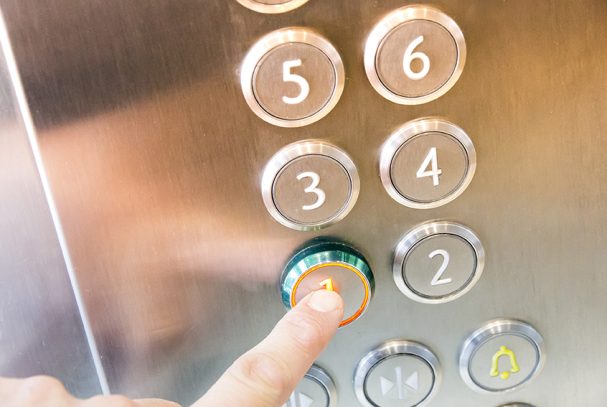Vasara is one of three people from Finland to be involved in the European standards development project concerning hospital ventilation. Vasara is the only representative from the field of design, and he is the most experienced expert in the sector in Finland.
”The new cleanliness requirements for operating theatres and the measurement principles applying to everyone are based on research carried out in Sweden,” Vasara says. ”Now we know that the number, behaviour and clothing of employees directly affects the cleanliness and microbe count in the air in operating theatres, which is why these need to be guiding factors in measuring ventilation in operating theatres.”
Functional ventilation reduces the risk of air-borne infection
Ventilation plays a major role in terms of air-borne infections in operating theatres, and thereby also in terms of patient safety.
”Using functional ventilation can significantly reduce the risk of air-borne infections, while incorrect or insufficient ventilation is one of the reasons that infection rates increase,” Vasara says. ”The Swedish study showed that either laminar or mixing air distribution systems can be used in ventilation for operating theatres, even though the field of hospital design has long held the position that the only method for surgery with a high risk of infection is laminar air distribution. Current information shows that mixing air distribution works just as well, and it helps the cleanliness requirements to be fulfilled while reducing life-cycle costs and investments. Finland is heading in the same direction as Sweden, and the use of mixing air distribution methods is increasing in hospitals.”
Measuring the cleanliness of air will soon be an everyday occurrence in hospitals
The international Ventilation in Hospitals working group proposes that the microbiological cleanliness of the air in operating theatres be monitored using CFU measurements.
”The target is a maximum of 10 CFU per cubic metre for surgery with a high risk of infection, and 100 CFU per cubic metre for surgery with a normal risk level,” Vasara says. ”Factors such as operating theatre clothing should be taken into consideration, as this protects patients from particles of employees’ skin being emitted to the air. Clothing choices matter – clothing for clean areas brings the CFU value to 0.7 per second. The CFU value of common surgical clothing is 1.9–5 CFU per second, depending on the material.”
In the near future, the cleanliness of air in operating theatres will be regularly monitored.
”So far, Finland and Europe have not had any common measurement standards, and operating theatres have been monitored in many different ways,” Vasara says. ”Ventilation has been measured on the basis of experience using ventilation ratios, which has caused under- and over-measurement. Now would be a good time to study Finland’s current operating theatres and find out how clean the conditions are.”
According to the proposal by the standards working group, measurements would include monitoring performance levels during surgery and testing every 1–2 years.
”Testing could be carried out by an external party or the hospital itself,” Vasara says. ”For example, Granlund Oy offers design and consulting services related to cleanliness management in hospitals, as well as classification measurements in collaboration with its partner, Halton Oy. It would be a good idea to make use of the measurement instructions included in the standards when designing new hospitals and verifying the cleanliness of conditions.”
Further information:
Jukka Vasara
CEO, Granlund Kuopio Oy
tel. +358 500 675 654
firstname.lastname@granlund.fi



